Best Practices for Raising Visibility for the Library: A Project of the Wisconsin Library Community!

This fall, WiLS met with the library community at six meetings across Wisconsin to talk about Raising Visibility for the Library in the Community. The goal of each discussion was to create best practices for raising visibility for the library. We took those lists and came up with this:
TOP 10 BEST PRACTICES FOR RAISING VISIBILITY FOR THE LIBRARY IN THE COMMUNITY
Know your community.
Know those you reach and those you don’t. Understand the demographics of the community, their wants and needs, and recognize that communities are diverse. Know what the community values about the library and the library’s reputation in the community before you start.
Know your organization and stay true to that knowledge.
Keep in mind your mission, your values, your strategic plan, and don’t stray from that as you raise visibility. Know your strengths and your weaknesses.
Know your stakeholders and partners.
Build relationships in advance. Understand what will benefit your stakeholders and potential partners. Make unique connections even if you don’t see the need for them right away, as they can be helpful later on. Make as many connections as possible with those who support your mission.
Have a plan.
Know your goals of any campaign to raise visibility, and how you’ll know you’ve succeeded. Plan ahead for how much time and money you will need to do this well. Learn from others that have done it and tap peers in the library community to help.
Take risks.
Be bold, be experimental, and be willing to try new things. Make visiting the library or meeting a librarian a memorable experience.
Be prepared for questions and criticism and be ok with uncertainty and failure.
Anticipate the questions and prepare the responses. Know which staff members are best at fielding these concerns and put them in a position to do so. Know that you’ll never prepare for every situation and be okay with that.
Control your message and community perception of the library or people will do it for you.
Get to know those people who control the message in the community (editorial boards and others in the local media, for example). Be able to recognize “good” visibility and “negative” visibility and know the impact of each: not all publicity is good publicity! Control perception by providing excellent service to your community: develop a strong, highly trained team and empower them to do good things.
Tailor the message to the audience.
Understand the needs of those you are trying to reach and frame the message accordingly. Have elevator speeches for each audience and make sure staff and supporters can say them convincingly. Be genuine in the message, and repeat, repeat, repeat with consistency.
Tell the story!
Use both qualitative and quantitative measures to track success and share those successes! Know what will capture your audience (stories? charts?) and communicate the right measures for that audience. Track data that is important and make it easily understandable for the decision makers.
Adjust rather than abandon.
Listen to feedback and be reflective and responsive. Don’t give up before you have a chance to succeed!
Thank you to all who attended the meetings and participated in these conversations!
Thank you to Plumer Lovelace and WLA for collaboration!
Images from some of the meetings:
Madison, Edgewood College


Eau Claire, Chippewa Valley Technical College
La Crosse, Viterbo University
UW-Green Bay Cofrin Library

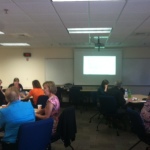
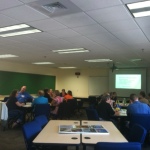


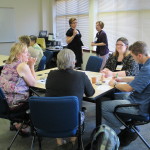
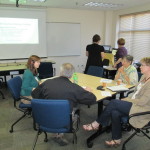


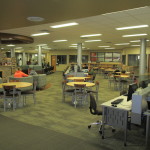
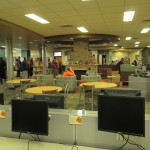

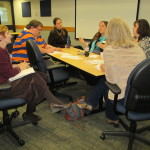
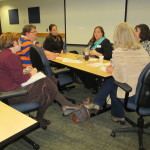
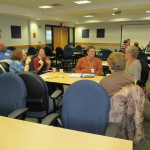
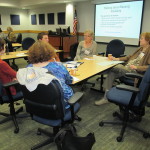
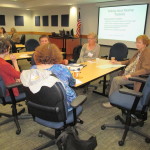
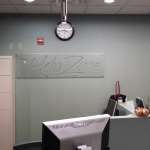
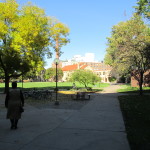
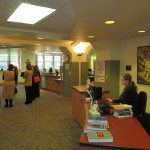
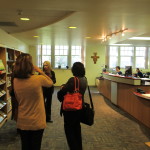

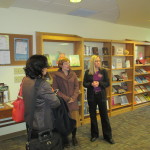
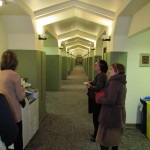
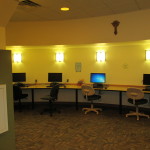


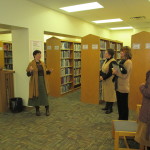
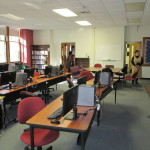
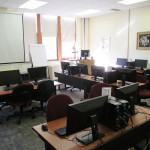
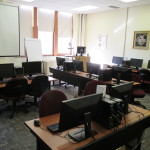

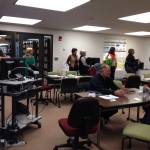

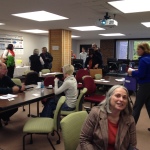

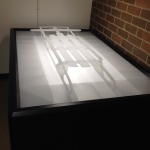

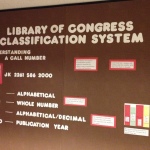


Comments are closed.